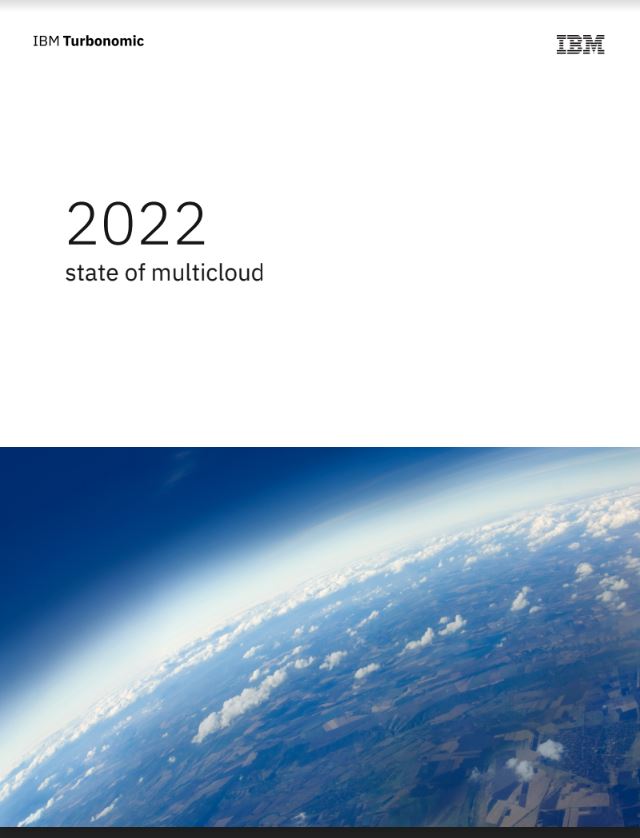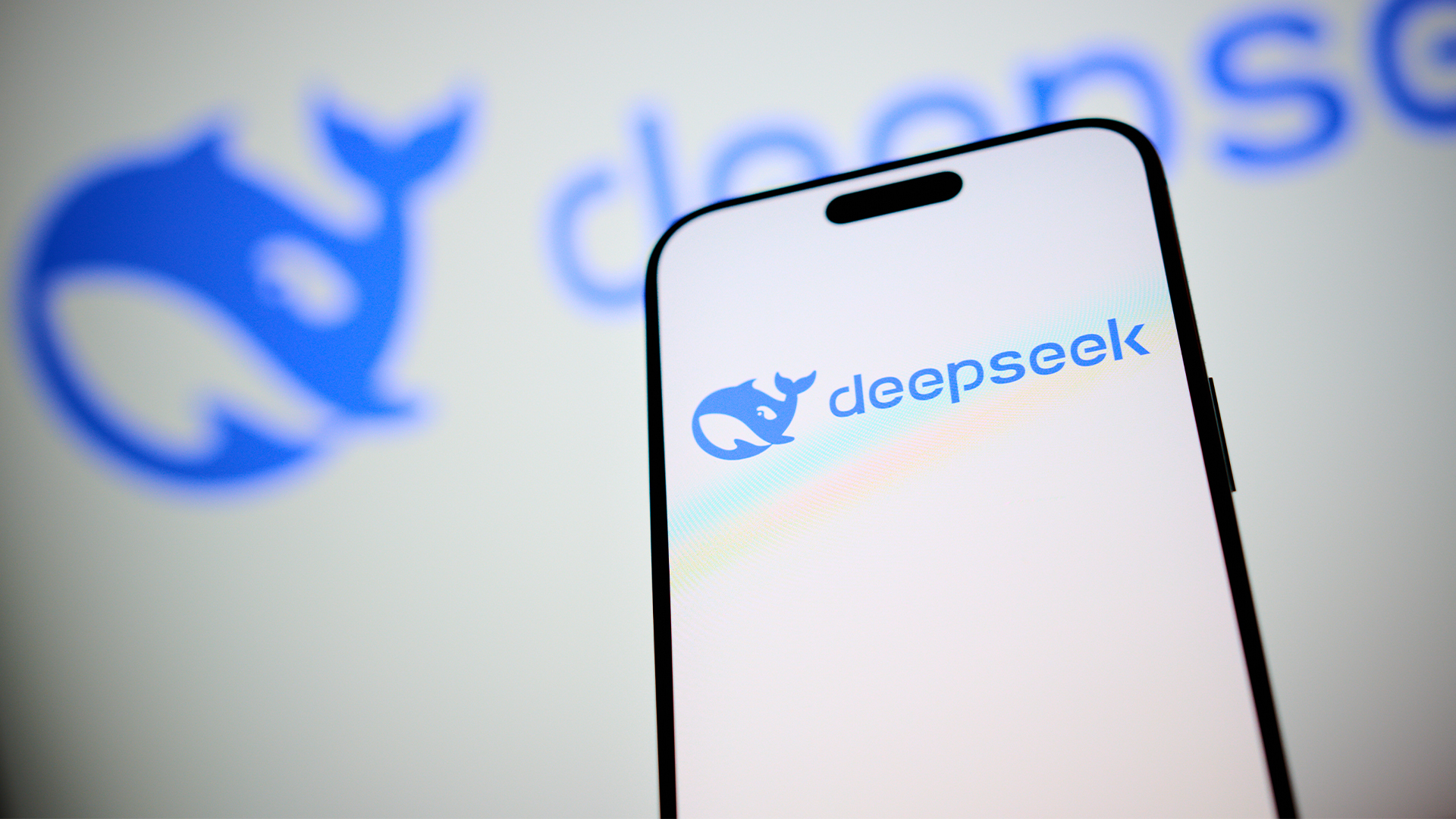Google Cloud Marketplace changes highlight sharpened customer focus for 2023
Google plans to “double down” on customer choice and partner rewards in 2023, according to a recent announcement


Google has outlined plans to develop closer ties with its cloud ecosystem in 2023, marking a shift towards increased collaboration with technology providers and independent software vendors (ISVs).
In a blog post this week, Kevin Ichhpurani, corporate vice president for global ecosystem and channels at Google Cloud, said the tech giant wants to position the Google Cloud Marketplace as the “go-to destination” for cloud partners and customers to deploy enterprise applications.
The move builds on a year of rapid feature roll-outs for the Marketplace, which saw the introduction of new functionalities to provide greater flexibility in deployment, a reduction in rates, and the launch of its Private Marketplace.
“Throughout 2023, we’ll continue to evolve Google Cloud Marketplace as the go-to destination for our partners and customers,” Ichhpurani wrote.
“This will include adding more capabilities for resale partners to transact through Marketplace, accelerated solution onboarding, more granular cost management, and new government capabilities to support customers in industries with specific procurement requirements such as the US public sector.”
The new capabilities are expected to roll out over the coming year, Ichhpurani added.
Improving choice and transparency
Across 2023, Ichhpurani said Google Cloud plans to continue “doubling down on customer choice" to provide a broader range of options for Marketplace users.
ChannelPro Newsletter
Stay up to date with the latest Channel industry news and analysis with our twice-weekly newsletter
A key focus here will be “embracing partners’ innovation” and the ability for customers to explore alternative solution options - even when services potentially overlap with Google Cloud’s.
RELATED RESOURCE

2022 State of the multi-cloud report
What are the biggest multi-cloud motivations for decision-makers, and what are the leading challenges
“This open approach will yield more innovation for customers and increase the total addressable market (TAM) for our partners,” he said. “And we’ll work closely with our partners to help customers modernise in every major product area.”
Ichhpurani said this will include a concerted effort to develop a more “open” data cloud ecosystem.
The tech giant plans to support all major data formats and foster closer ties with key partners such as Databricks, Elastic, MongoDB, Palantir, and the 800+ organisations which currently develop products on Google’s data cloud.
This strategy builds on a long-running focus to ensure that Google Cloud customers have greater flexibility and choice with regard to vendors and marketplace partners. Last year, it launched the Data Cloud Alliance which aimed to break down data barriers and siloed options.
Similarly, the company pledged its continued commitment to open-source AI development.
Supporting service partners
Ichhpurani also reiterated its commitment to providing partner rewards and broader ecosystem support.
Incentives and investments for Google Cloud partners grew by more than 50% last year, and the tech giant aims to follow in this vein by doubling spend and rewarding partners that “accelerate consumption and drive new customer acquisition”.
“Given the particularly large opportunity for our services ecosystem, we’re making significant investments in providing new resource, programmes, and tools to help partners build their services capacity and deliver success for customers."
Intense market competition
Google Cloud’s sharpened focus for 2023 comes amidst a period of heightened competition in the broader cloud computing space.
Recent research from Forrester revealed that Hyperscalers such as Google, AWS, and Microsoft are facing an increasingly stifled global marketplace.
Google’s 2021 rate reduction, which saw marketplace fees decrease from a previous rate of 20% for vendors, was viewed at the time as a major step in enabling the tech giant to compete with AWS and Microsoft.
And while Google Cloud still maintains a smaller market share than competitors, last year saw positive growth for this segment of the business.
Google Cloud witnessed significant growth in the third quarter of last year, with revenue surging by 38%.

Ross Kelly is ITPro's News & Analysis Editor, responsible for leading the brand's news output and in-depth reporting on the latest stories from across the business technology landscape. Ross was previously a Staff Writer, during which time he developed a keen interest in cyber security, business leadership, and emerging technologies.
He graduated from Edinburgh Napier University in 2016 with a BA (Hons) in Journalism, and joined ITPro in 2022 after four years working in technology conference research.
For news pitches, you can contact Ross at ross.kelly@futurenet.com, or on Twitter and LinkedIn.

